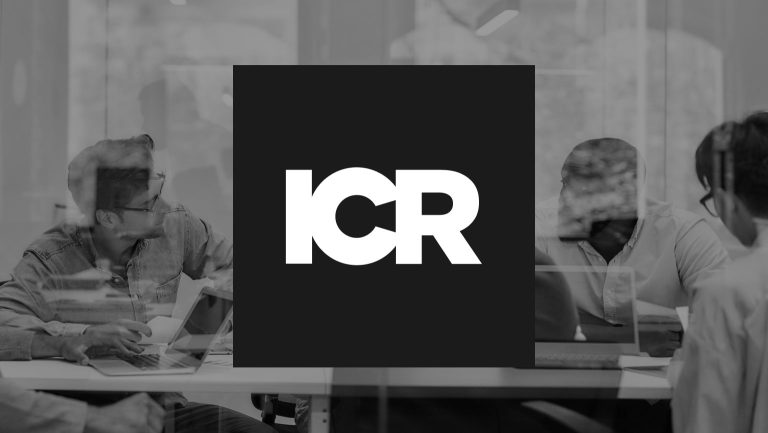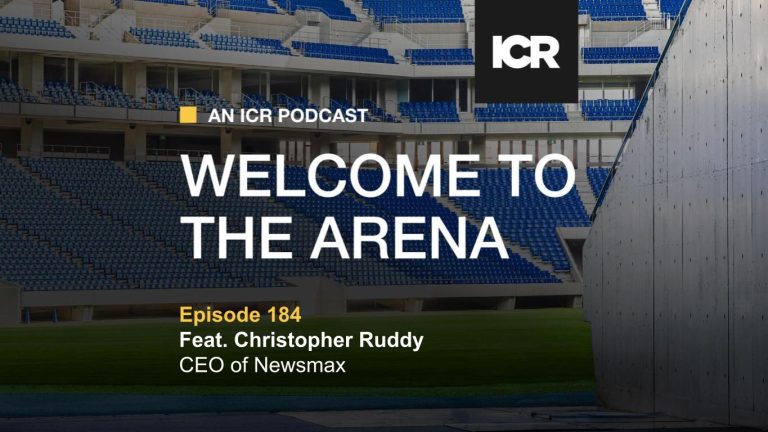A SPAC merger provides private companies with a fast track to capital and a public listing. However, many SPAC sponsors fail to take advantage of the marketing opportunities the accelerated “de-SPAC” or post-merger timeline provides.
While traditional IPOs are subject to significant SEC-mandated limits on the amount and type of investor communications they can engage in, a SPAC is quite the opposite. Sponsors and target company executives can continue to market their deal and interact with investors—from buy-side institutional investors to individual retail buyers—throughout the three- or four-month de-SPAC period.
Unfortunately, many SPAC sponsors and their targets underestimate the opportunity and fail to establish a comprehensive investor relations (IR) marketing program, mistakenly believing instead that a press release and an analyst call alone will sufficiently pique investor interest.
In this two-part series, we explain how working with an experienced investor relations (IR) and public relations (PR) team can help a SPAC and its target company optimize the merger’s success through a well-planned “de-SPAC” or post-merger marketing program, starting with how to announce, then market the deal to investors.
Creating a de-SPAC Communications Plan
Though timeframes differ, the SPAC target will often transition from a privately held entity to a public company in just three to five months. With such a short window of opportunity, an experienced investor relations (IR) and public relations (PR) team should be in place and ready to hit the ground running when you announce the target acquisition.
In addition to having experience with the entire de-SPAC process, the IR/PR team should also be familiar with the target company’s industry, the sell-side research analysts and journalists who cover it, and the buy-side institutional investors who invest in it, as well as the techniques for reaching retail investors.
The team will then work with you to develop and execute a comprehensive de-SPAC communications plan—which includes developing an IR website that speaks directly to investors, analysts, and the media. The website will give you a platform to address the questions and concerns of all your constituents—including current SPAC shareholders, sector-focused institutional investors, retail investors, analysts, target company employees, key business partners, and the media—throughout the de-SPAC process.
Keeping SPAC Shareholders Informed
With the team/website in place, you’ll begin the de-SPAC with a hard-hitting, high-impact deal announcement. This is a critical first step because it introduces the target company to both the media, current SPAC shareholders, and potential investors. It will outline the target’s strengths and standing within its market(s), provide investors with historical financial results, and discuss the company’s future outlook and strategies.
At this point, your IR/PR team will be executing media and investor-related messaging, targeting, and tracking to tap interest generated by the deal announcement and use it to further drive marketing efforts. The goal of this approach is to keep your original SPAC shareholders informed and in place while attracting new investors.
Marketing the Deal
A traditional IPO is marketed exclusively to the clients of the underwriting investment banks. With a SPAC merger, you can market to every investor — institutional or retail, domestic or foreign. All investors need is a brokerage account.
While investment banks act as advisors in SPAC transactions, their marketing capabilities are limited to their sales and equity capital markets functions. Your IR/PR team will execute an investor marketing program that can target a much broader investor base, including all the analysts that cover the sector, not just the analysts at the investment banks advising on the transaction.
Due to the comparatively short de-SPAC timeline, you will follow the merger announcement with an analyst day or individual calls with sell-side analysts who cover the target company’s market(s) and buy-side institutional investors with similar holdings. Throughout the de-SPAC timeline, the IR team will help you develop and update investor presentations, Q&A scripts and if necessary, provide communications training for executives expected to be on the calls.
The team will also identify key financial conferences. These are often sponsored by the same sell-side analyst firms you spoke with on the analyst call and may also include important institutional investors. They give you another opportunity to tell your story and enhance your relationship with key analysts and investors, while also helping target company executives hone their story and prepare for the next stage of life as a public company.
As the deal timeline proceeds, the team will help key analysts and investors continue their diligence by visiting the company’s main office or its relevant facilities and meeting face-to-face with senior executives. This level of transparency is permitted throughout the de-SPAC period, so why not take full advantage of the opportunity?
Driving Further Interest
While PR obviously plays a critical role in announcing the transaction, it will also help keep investors informed and interested throughout the de-SPAC period. Your PR/media relations team can, for example, closely track the target company’s operations, identify important news developments, and use them to further promote the company and drive investor awareness.
Developments can range from major contract awards to company milestones. If the news is substantial enough, it might warrant a conference call with analysts/investors. Again, you want to take advantage of every possible marketing opportunity during the short de-SPAC timeline to keep investors informed.
Final Thoughts
To succeed, SPAC sponsors must establish a reputation for mastering the de-SPAC process. The better the track record, the easier it will be for them to launch and complete future deals. Experienced investor relations and public relations teams are essential for optimizing any mergers’ success. They can help generate interest from known investors and market the deal to greater audiences.
In Part 2 of this post, we will cover the role of communications in helping you wind down the de-SPAC process, successfully close the deal and transition to a public company.
For more on the evolution of SPACs, listen to ICR’s podcast, Welcome to the Arena.



